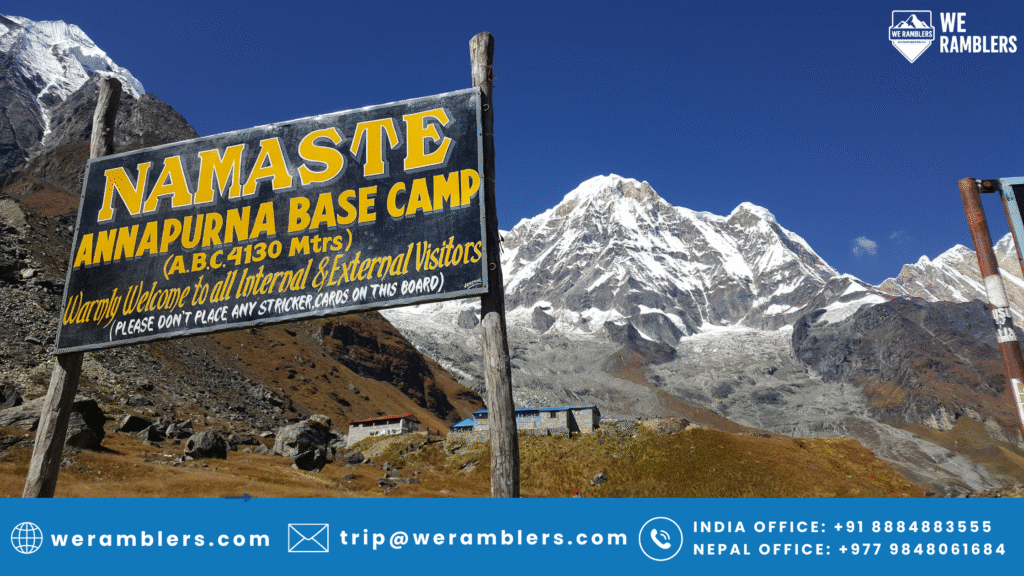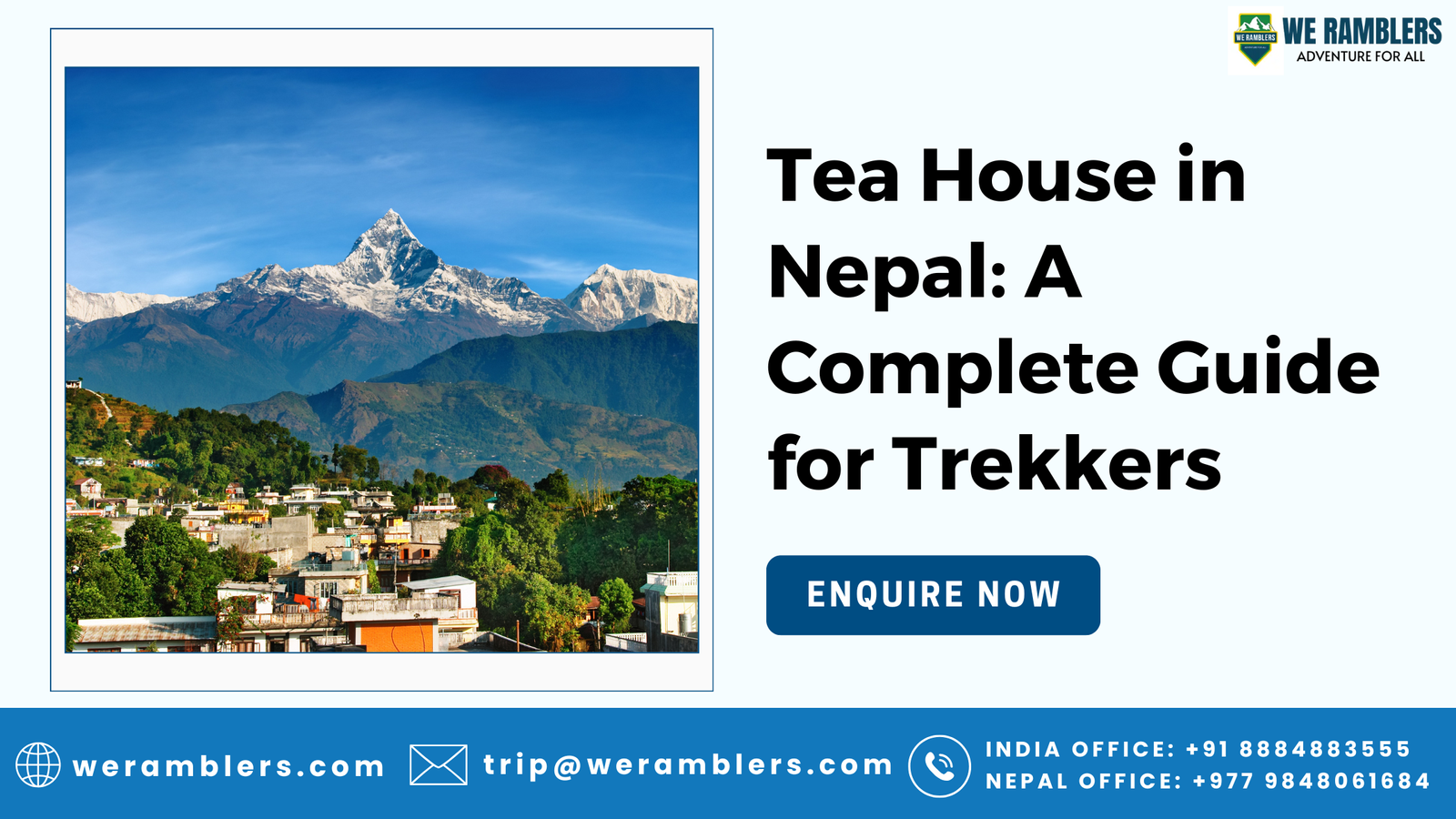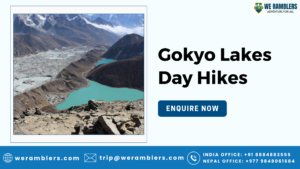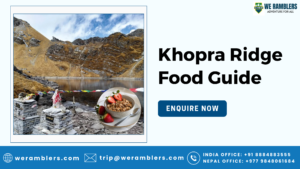Tea House in Nepal: A Complete Guide for Trekkers
If you’re planning a trek in the Nepal Himalayas, one phrase you’ll hear again and again is “tea house.” For many adventure travelers, staying in a tea house in Nepal is more than just about accommodation; it’s about experiencing the warmth of Himalayan hospitality, savoring hearty meals, and waking up to the spectacular views of snow-clad peaks. Whether you’re trekking to Everest Base Camp, circling the Annapurna Circuit, or exploring the Langtang Valley, these Himalayan tea houses are the beating heart of the trekking experience.
In this guide, we’ll explore what a tea house is, its cultural roots, facilities, costs, and why they’re an essential part of your trekking journey.
What is a Tea House in Nepal?
A tea house in Nepal is a small mountain lodge that offers trekkers a place to eat, rest, and sleep while exploring remote trekking routes. Traditionally, these tea houses were family-run establishments where travelers could enjoy a cup of tea and basic meals. Over time, they evolved into trekking lodges that cater specifically to hikers.
Unlike hotels in cities, Nepal trekking tea houses offer simple but welcoming facilities, with a strong emphasis on community. Run by local Sherpa or Tamang families, they provide an authentic window into Nepali mountain life.
Whether you’re on the Everest Base Camp trek, the Annapurna Base Camp trek, or heading towards the Gokyo Lakes, tea houses serve as both accommodation and social hubs for trekkers from all over the world.
History and Cultural Significance
Tea houses are rooted in the tradition of Himalayan hospitality. In earlier days, these lodges were built along trading routes where locals offered tea and shelter to travelers.
The rise of Nepal’s trekking industry in the 1960s and 70s transformed tea houses into a key part of tourism infrastructure. In regions like Khumbu and Annapurna, Sherpa families began building more structured lodges with dining rooms, sleeping quarters, and basic amenities.
Today, tea houses not only provide comfort but also preserve the cultural identity of the Himalayas. The welcoming nature of Sherpa hospitality, combined with traditional food like Dal Bhat, gives trekkers an unforgettable cultural experience.
Facilities in a Tea House
The facilities in Nepal tea houses vary depending on the trekking region, altitude, and popularity of the route, but they generally strike a balance between basic comfort and authentic Himalayan living. Unlike hotels in the cities, these lodges are simple yet cozy, designed to give trekkers shelter, warmth, and nourishing food after a long day’s hike.
Tea House Rooms
Most tea houses in Nepal have private twin-bed rooms at lower altitudes, complete with mattresses, pillows, and blankets. At higher altitudes, especially in remote areas like Gorak Shep or Kyanjin Gompa, you might find shared dormitories due to limited space. While bedding is provided, carrying your own sleeping bag ensures extra warmth during chilly nights.
Dining & Meals in Tea Houses
The heart of any tea house is its communal dining area, often warmed by a central wood or yak-dung stove. Here, trekkers gather to enjoy meals and exchange stories. Menus are surprisingly diverse, offering Dal Bhat (the national dish of Nepal with unlimited refills), noodle soups, fried rice, pasta, pancakes, and momos. Many tea houses also serve herbal teas, coffee, and hot chocolate.
Tea House Amenities
While facilities are basic, they cater to trekkers’ needs:
- Hot showers are usually available for a small fee.
- Wi-Fi is offered in most tea houses, though speed can be slow in remote areas.
- Electricity for charging devices is available on a per-charge basis.
- Some sell snacks, bottled water, and trekking essentials.
Tea houses also provide an important social atmosphere, where hikers from all over the world connect. Whether you’re resting by the fire or sipping tea with a view of Ama Dablam, these lodges make your trek comfortable while keeping you immersed in the Himalayan way of life.
Tea Houses on Popular Trekking Routes in Nepal
Tea Houses in The Everest Region
The Everest Base Camp tea houses are some of the most well-equipped in Nepal. In towns like Namche Bazaar and Tengboche, you’ll find lodges with great views of Ama Dablam and Everest.
- Lower villages (Lukla, Phakding, Namche) offer more amenities.
- Higher altitudes (Dingboche, Lobuche, Gorak Shep) have basic facilities due to remoteness.

Tea Houses in The Annapurna Region
The Annapurna Circuit and Annapurna Base Camp treks have tea houses in almost every village, such as Ghorepani and Manang.
- Menus are often more varied due to easier access to supplies.
- Many tea houses here have beautiful flower gardens and open terraces.
Tea Houses in Langtang Valley
In the Langtang National Park, tea houses in places like Syabrubesi and Kyanjin Gompa offer traditional hospitality with fewer crowds.
- The lodges here are cozy and perfect for trekkers who prefer a quieter trail.
Gokyo Lakes Trek
On the route to Gokyo Ri and the pristine Gokyo Lakes, tea houses in Dole and Machhermo offer serene views and peaceful stays.
Cost of Staying in a Tea House
The cost of staying at a tea house in Nepal depends on the location, season, and altitude.
- Lower altitudes: $5–$10 USD per night for a basic room.
- Higher altitudes: $8–$15 USD per night due to transport difficulty.
- Meals usually cost $3–$7 USD per dish, with Dal Bhat being the best value as it’s unlimited refills.
Many trekkers choose meal + room packages, which can cost between $20–$30 USD per day.
Why Choose We Ramblers for The Best Tea House Experience
At We Ramblers, we specialize in guided trekking in Nepal that offers the best tea house experiences. Our certified guides know the most comfortable and hospitable lodges on every route, ensuring you get the perfect balance of comfort, culture, and adventure.
We focus on:
- Experienced Himalayan guides who handle permits, bookings, and safety.
- Sustainable trekking that supports local tea house owners.
- Customized itineraries so you can explore both popular and offbeat routes.
With We Ramblers, your tea house trek in Nepal becomes an immersive cultural journey, not just a trek.
Frequently Asked Questions (FAQs) About Tea Houses in Nepal
1. What is a tea house in Nepal?
A tea house is a small mountain lodge offering food, drink, and lodging for trekkers in Nepal. They are usually family-run and located along popular trekking routes.
2. Do tea houses in Nepal have showers?
Yes, most tea houses offer hot showers for an additional fee, especially at lower altitudes. Higher up, facilities may be more basic.
3. What food do tea houses serve on treks?
Common meals include Dal Bhat, noodles, fried rice, soups, and momos. Tea and coffee are always available.
4. Are tea houses heated?
Most tea houses have a heated dining area with a wood or yak-dung stove, but bedrooms are usually unheated.
5. How much does it cost to stay in a tea house in Nepal?
Prices range from $5–$15 USD per night for lodging, with meals costing $3–$7 USD each. Package deals are common. Contact us today to get more details.





